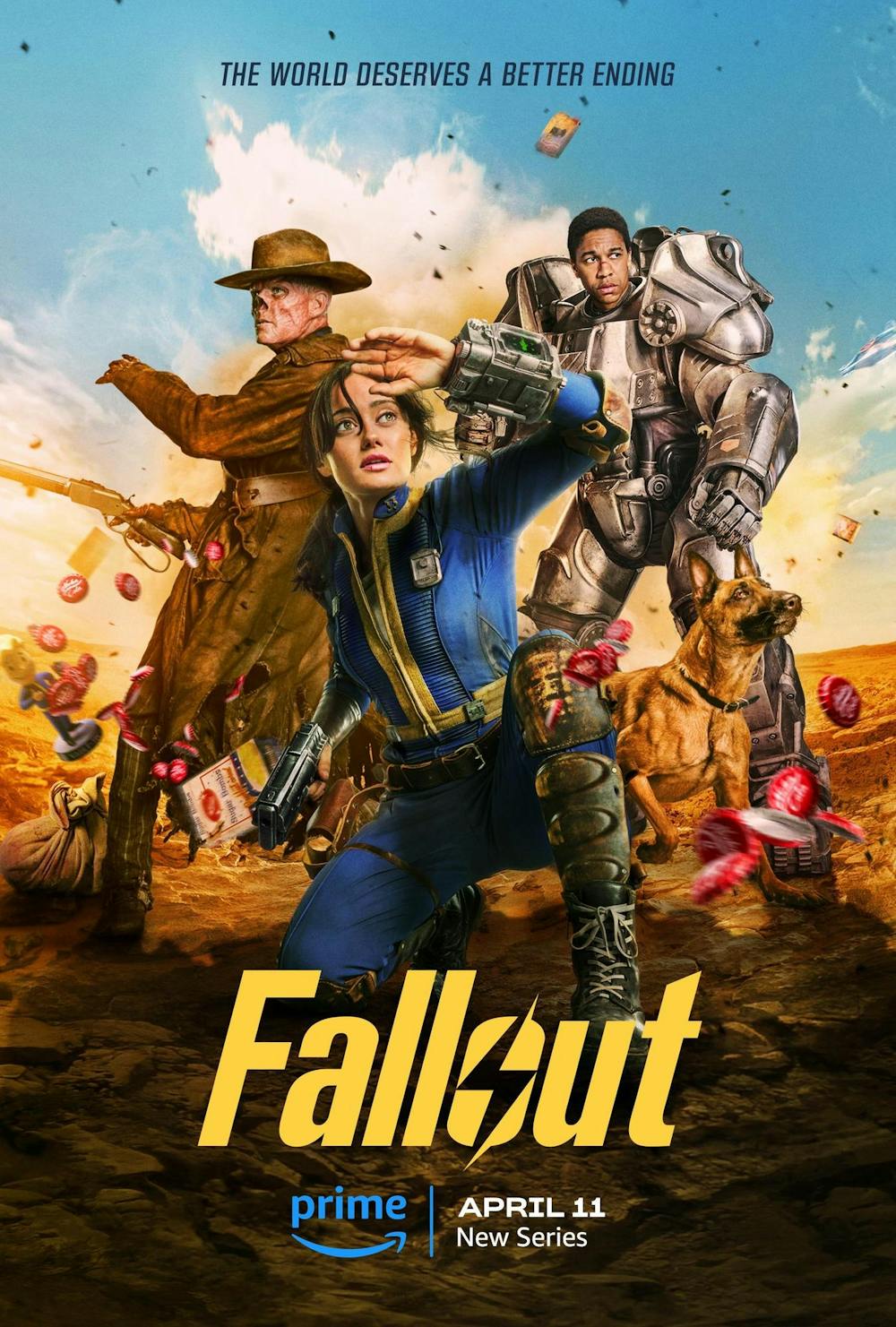The opinions and views expressed in this article are those of the author and do not reflect the opinion of Byte or Byte’s editorial board.
When I first heard of the upcoming live-action Fallout adaptation coming to Amazon Prime Video, I was quite apprehensive. Bethesda Game Studios’ treatment of the series as of late had been shoddy at best, with Fallout 76 being a bad mark on the franchise despite its numerous updates. Add to that the hit or miss nature of most video game adaptations and I was uncertain of how good this show would really be. Fortunately, the show is a pleasant surprise, presenting an engaging story and well-written characters for both long-time fans of the series and newcomers alike.
A S.P.E.C.I.A.L. Situation
Apart from being fun to watch, video game adaptations also have the responsibility of representing their source material. In this field, Fallout does fairly well, bringing the American wasteland to life with plenty of familiar sights to fans of the series. Fallout also does a pretty good job translating the themes of the more recent games. The Brotherhood of Steel remains dogmatic, and the Vault-Tec Corporation continues to sew conspiracy in ways many may be familiar with. One thing that really stood out to me was some of the set design in the show. The vaults are a major component to the plot, and the creators of the show spared no expense in making the vaults look both believable and identical to the design language of the games. I was also impressed to learn that the Brotherhood of Steel’s Power Armor was actually a practical costume. I also love the use of sound effects from the games to create a sense of unity and believability to the world. Hearing the Pip-Boy device make the exact same sounds as the games gave me a flashback to my own adventures across the wasteland.

The show was executive produced by Jonathan Nolan: the creator of the show Westworld, as well as the writer of The Dark Knight and Interstellar. It is clear that Nolan is a fan of the series, even saying he lost a year of his life to playing Fallout 3 in an interview with T3. This love for the series comes forth clearly, with countless references to the greater universe of the games. The show also respects the continuity of the games fairly well, leaving small references to a couple of the other games, such as a brief mention of the Brotherhood’s activity in the Commonwealth, the main setting of Fallout 4. Without spoiling the plot, one concept presented does shake things up regarding a certain faction from the games that we haven’t seen in a while, although it seems likely that more clarification will be given in the inevitable second season, with an atomic bomb-sized nudge to the audience in the end toward a beloved setting.
Overall, the Fallout show’s depiction of the wasteland feels incredibly cohesive, with plenty of good practical effects and an acute attention to detail. The world does lose a bit of its awe when the show cuts to a wide shot, though, as the wasteland can sometimes seem a little too empty, and CGI use can sometimes feel undercooked. The show’s cinematography can also sometimes feel somewhat one-note at times, with some less than imaginative shots and odd lighting here and there.
Wild Wasteland

Fallout follows three main characters: Lucy MacLean (Ella Purnell), a go-getting vault dweller who sets out in search of her kidnapped father; Maximus (Aaron Moten), a low-ranking member of the Brotherhood of Steel who is looking to show he has what it takes to become a Knight; and The Ghoul (Walton Goggins), a mysterious drifter who’s been around since before the bombs fell. All three give fantastic performances, really embodying the essence of the characters. Purnell’s performance as Lucy sells the naivete of somebody who has literally been living underground her entire life, often assuming the denizens of the wasteland have the same sensibilities as her. Moten’s performance as Maximus helps to drive home the strange dogma of the Brotherhood of Steel, through his indoctrination to their creed and how his values change once he spends more time with others. Lastly, Walton Goggins absolutely steals every scene as The Ghoul, both in the present day and in pre-apocalypse era flashbacks. His character truly feels like someone who has been beaten and bruised by the wasteland, thus becoming someone reliant on a dubious nature, yet carrying a long-neglected noble side.

All three of these characters’ fates meet when they find themselves in search of a mysterious man who could be the answer to all of their goals, but their goals may sometimes be at odds. This drives the majority of the narrative, and it is interesting to see the paths of these characters meet, sometimes coming across areas or side characters that were previously present in another character’s storyline. Not all storylines always feel as interesting as the others, though. I found Maximus’ storyline to be the least interesting of the three, as I am just really not that fond of the Brotherhood of Steel in the games, and the arc doesn’t really get much payoff until the final few episodes of the season.
Verdict
Amidst both good and bad video game adaptations, Fallout stands strong due to a clear respect for the source material. The show isn’t afraid to reference the other games, and the characters are written well in ways that make them really feel like part of this expansive world. Overall, despite some small blemishes, Fallout is worth a watch for both fans of the games and those who may not have even played them at all.

Sources: AmazonPrimeVideo, BethesdaGameStudios, Steam, IMDb, IMDb, IMDb, IMDb, Steam, T3, Steam, IMDb, IMDb, IMDb
Photos: IMDb, IMDb, IMDb, FalloutWiki
Contact Ian Case with comments at ian.case@bsu.edu or on Instagram @iandumpsterfirefraser.




















